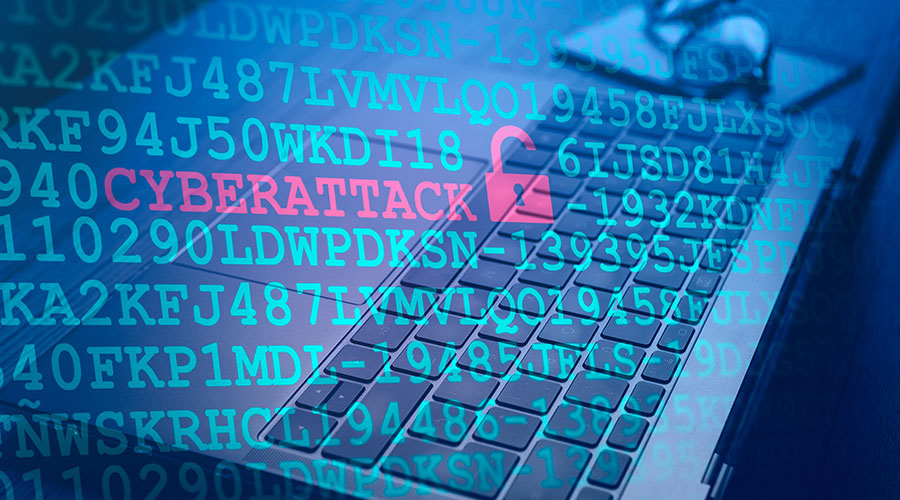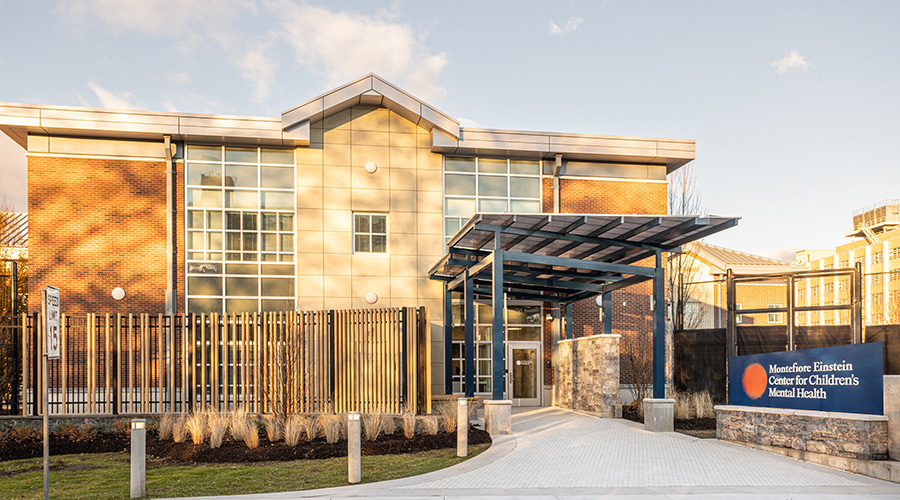Earlier this week, Kettering Health was struck by a cyberattack that caused a systemwide outage, BleepingComputer reports. The attack also disrupted call center operations and some patient care systems. Elective inpatient and outpatient procedures were canceled as a result, though emergency rooms and clinics remain open.
Though Kettering Health hasn't confirmed the exact nature of the attack, signs point to a ransomware incident, possibly linked to the Interlock ransomware gang, BleepingComputer reports.
Cyberattacks knocking out networks and IT systems for healthcare organizations isn’t unheard of. Just this year, Frederick Health fell victim to a ransomware attack that led to their systems being taken offline. In addition, Palomar Health Medical Group experienced a cyberattack in May 2024 that took out their systems for two months.
It's critical to prevent cyber criminals from gaining a foothold within a system so patients’ sensitive data isn’t leaked or that systems are taken down, potentially delaying patient care.
These are four steps healthcare facility managers can take to prevent ransomware attacks, according to the Center for Internet Security:
- Develop policies and procedures: Create a scalable and realistic emergency response plan so all staff understand what to do during and following a cyber incident.
- Maintain backups: Regularly backing up important data is key to recovering from a ransomware infection. Ensure that the backup files are properly protected and stored offline so attackers can’t target them.
- Know the attack surface and harden the network: Develop asset inventories for enterprise assets and software. Once the attack surfaces, which is all of the possible points of entry for an attacker to attempt to gain access to systems or networks, is understood, move on to ensuring systems are optimized for security.
- Team training: Train staff so they can recognize and dodge suspicious emails, links, files and websites. This is critical to stopping ransomware since employees need to know how to actively defend their organization.
Jeff Wardon, Jr., is the assistant editor of the facilities market.

 State of the Facilities Management Industry in 2025
State of the Facilities Management Industry in 2025 City of Hope to Open New Cancer Specialty Hospital in California
City of Hope to Open New Cancer Specialty Hospital in California Montefiore Einstein Opening New Inpatient Center for Youth in the Bronx
Montefiore Einstein Opening New Inpatient Center for Youth in the Bronx Skill Stacking: How Micro-Credentials Are Reshaping Trades
Skill Stacking: How Micro-Credentials Are Reshaping Trades Prima Medicine Opens New Location in Tysons, Virginia
Prima Medicine Opens New Location in Tysons, Virginia